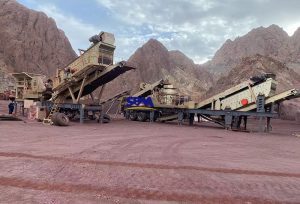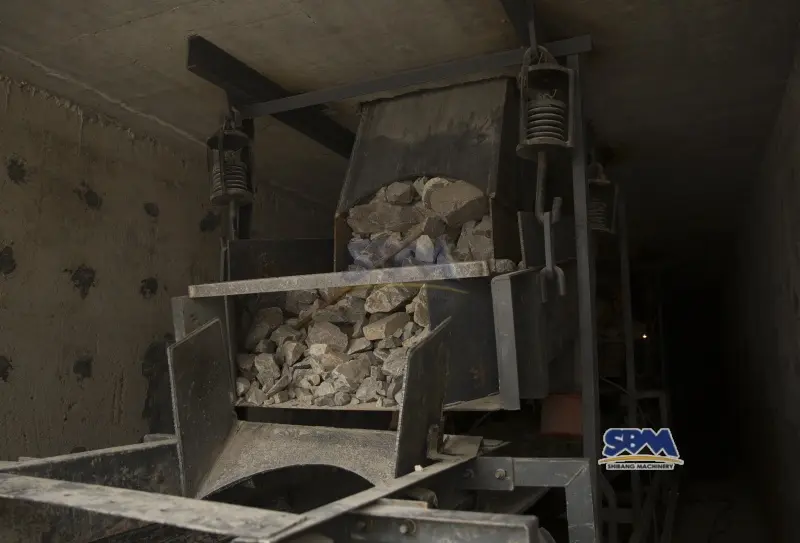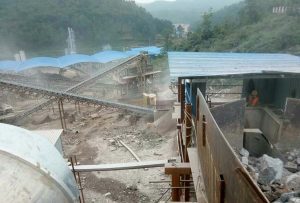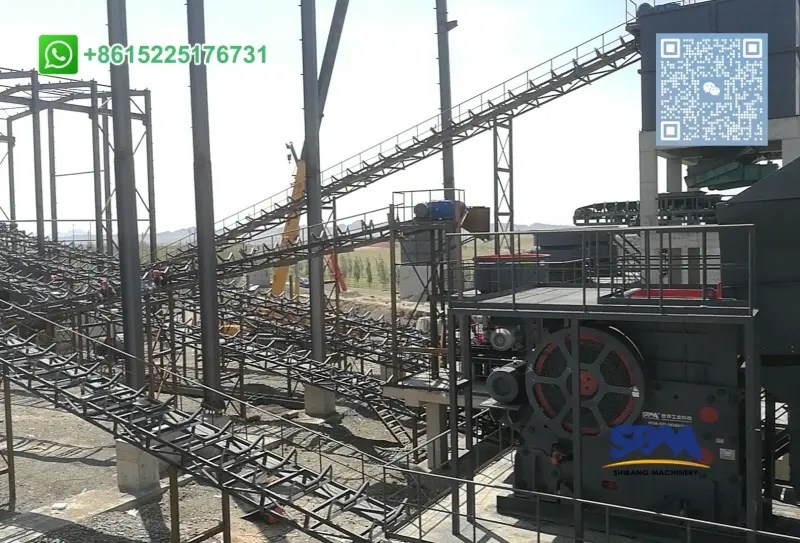پست الکترونیک: [email protected]
تفاوت بین خرد کننده و سنگ شکن چیست?
If you’re running a mine or a quarry, you’ve probably had this debate in the break room or over a dusty schematic: do we need a shredder or a crusher for this job? It’s a fundamental question, and getting it wrong isn’t just a theoretical mistake—it’s an expensive one. I’ve been building these machines for years, and I’ve seen the good, بد, and the ugly when it comes to equipment choices. This isn’t about textbook definitions; it’s about what works on the ground. اینقدر, grab a coffee, and let’s get into the real-world difference between shredder and crusher.
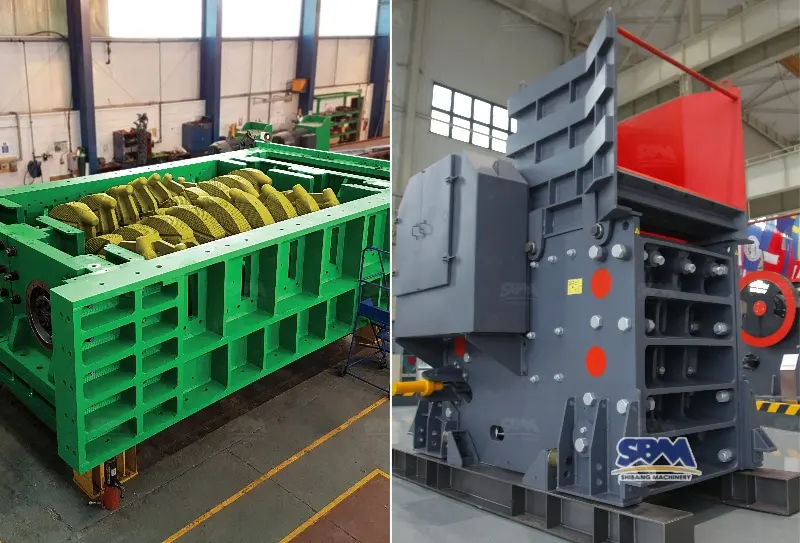
The Core Philosophy: Breaking vs. Tearing
Think about how you’d break a big block of hard candy. You’d probably press down on it with steady, strong pressure until it snaps into pieces. That’s exactly what a crusher does—it’s all aboutforceful compression. در حال حاضر, think about tearing up an old credit card. You’d bend it, twist it, and snap it with a shearing motion. That’s the difference between shredder and crusher: shear and tear. One machine is a sledgehammer; the other is a pair of industrial-grade shears. The goal might seem the same—making big stuff smaller—but the method and the result are worlds apart.
What Exactly is a Crusher? The Power of Pressure
In our world, a crusher is your primary workhorse, the first machine your raw material meets. It’s built for one job: taking massive, stubborn rock and turning it into manageable, sized aggregate. We’re talking sheer, brute strength here. The whole design philosophy is around applying immense, focused pressure to break material along its natural fault lines. The output is relatively predictable—you get clean, granular pieces that are ready for the next stage of processing. It’s a controlled, powerful reduction, not a messy demolition.
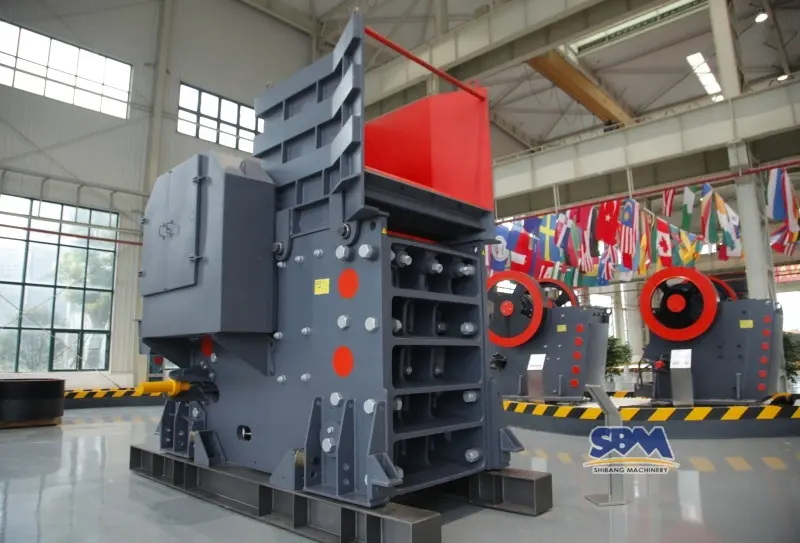
And What’s a Shredder? The Art of Ripping and Shearing
A shredder, از سوی دیگر, is less of a precise boxer and more of a street brawler. It’s designed to maul through stuff. Instead of squeezing, it uses rotating shafts fitted with wicked-looking hooks or cutters to grab, rip, pull apart, and tear materials into smaller bits. It’s fantastic for mixed, سخت, or stringy stuff that would just squish or clog a crusher. The output is less about precise sizing and more about volume reduction or liberating one material from another. It’s messy, violent, and incredibly effective for the right task.
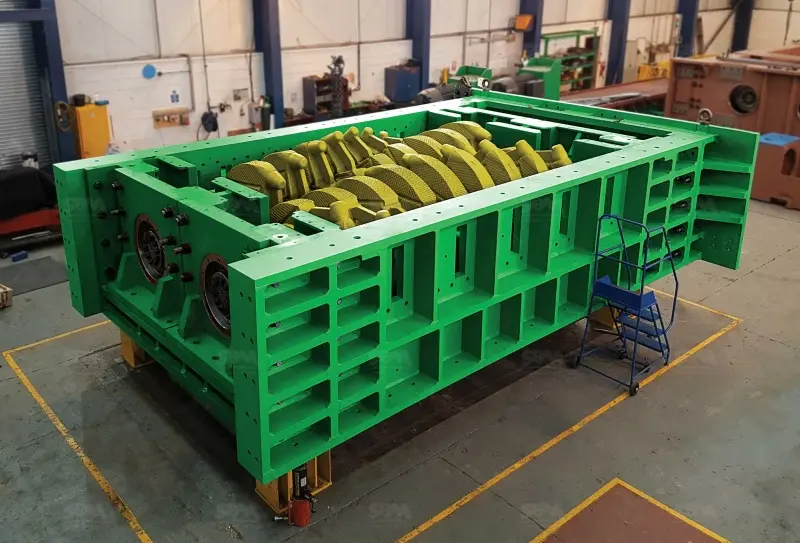
Side-by-Side: The Nuts and Bolts Comparison
This table sums up the difference between shredder and crusher:
| نشان | سنگ شکن | The Shredder |
|---|---|---|
| How It Works | Squeezes and compresses | Rips, tears, and shears |
| Ideal Material | سخت, brittle rock and ore | Softer minerals, composites, زباله, tires |
| محصول نهایی | تمیز, یکسان, cubical gravel | Irregular, shredded, flaky fragments |
| Main Goal | Precise size reduction for processing | Volume reduction, بازیافت, رهایی |
| Where You Use It | اصلی, ثانوی, and tertiary crushing lines | Pre-processing, waste handling, specific mineral prep |
| Power Draw | عالی, but efficient on hard rock | Can be a power hog, بسته به مواد |
| The Mess Factor | Creates a lot of dust | Creates less dust but can be incredibly noisy |
Under the Hood: How a Crusher Actually Works
Let’s get mechanical. بوها سنگ شکن فکی is like a giant, powerful nutcracker. You’ve got a fixed jaw and a swinging jaw. The rock goes in, the swinging jaw moves forward, creates massive pressure, وcrack—the rock breaks. A gyratory crusher is a beast of a machine; imagine a giant, spinning central post inside a concave bowl. Rock gets fed in and is constantly being crushed between the post and the bowl. سنگ شکن مخروط, which you often see later in the process, work on a similar principle but are fine-tuned to produce a specific, smaller product. It’s all about precision force.
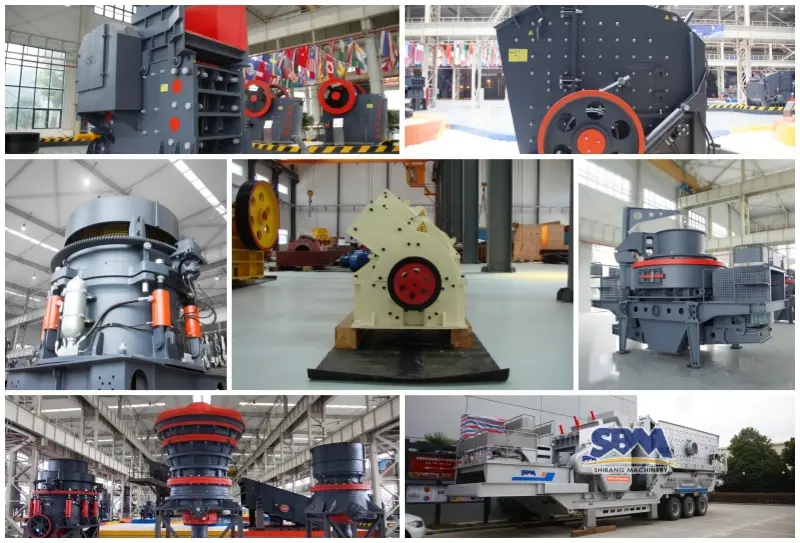
Inside the Beast: How a Shredder Gets the Job Done
Open up a shredder, and it’s a different kind of awesome. You’re typically looking at two or four massive steel shafts running parallel to each other. Each shaft is mounted with dozens of hardened steel cutters that look like something from a medieval weapon museum. These shafts rotate at different speeds, which creates that tearing and shearing action. Material gets grabbed by the hooks, pulled down, and ripped to pieces against the opposing cutters. وحشیانه است, کارآمد, and a maintenance team’s dream (or nightmare, depending on the day).
Where Crushers Earn Their Keep: Real-World Jobs
Crushers are the backbone of this industry. You’ll find them everywhere:
- Primary Duty: That massive jaw crusher at the face of the quarry, chewing through run-of-mine ore like it’s nothing.
- Secondary Breaking: Cone or سنگ شکن های چرخشی taking the primary-crushed material and making it even smaller for further refinement.
- لمس پایانی: Tertiary and quaternary سنگ شکن های مخروطی (یا حتی سنگ شکن های ضربه ای) producing the exact spec of aggregate or chip needed for asphalt or concrete. For the super-fine stuff that comes after crushing, that’s where you look into mills from experts likeSBMChina.
Where Shredders Shine: It’s Not Just for Recycling
While crushers handle the rock, shredders tackle the other challenges on a modern site:
- راک نرم: They’re brilliant for minerals like coal or salt where crushing might just create powder and fines you don’t want.
- Site Clean-Up: Shredding old conveyor belts, tires, plastic pipes, and other site waste is a huge cost saver on haul-away.
- Liberating Value: Breaking up old concrete or asphalt to liberate aggregate for recycling is a perfect shredder job.
- Pre-Processing: Some tricky ores need to be torn apart before the valuable minerals can be effectively crushed and separated.
خط پایین: What’s This Going to Cost Me?
Let’s talk money, because that’s what matters. A primary crusher is a major capital expense. You’re paying for hundreds of tons of high-grade steel and unbelievable engineering. But for processing hard rock, آن راcost per ton is usually unbeatable. A shredder’s initial price tag might be similar, but the real story is in the operating cost. Those cutting teeth take a absolute beating. You’ll be inspecting, rotating, and replacing them regularly. Your budget needs to account for these wear parts and the downtime to change them. It’s a different kind of financial calculation.
What About Grinders? The Next Step Down the Line
Don’t mix these guys up. If a crusher makes gravel, a grinder makes sand. They’re the next step in the reduction process, taking small rocks and turning them into fine powders or pulp. This is essential for liberating individual mineral grains for separation. This is the world of ball mills, rod mills, and advanced آسیاب های غلتکی عمودی. If you’re looking at that ultra-fine grinding stage, it’s worth checking out the technology from places likeSBMChina to see what’s possible.
How to Pick Your Weapon: Questions to Ask Before You Buy
Before you sign that purchase order, walk out onto your site and ask these questions:
- What am I feeding it? آیا آن است سنگ گرانیت or gypsum? Tire or talc?
- What does the next machine need? Does the process require clean, sized rock or just shredded feedstock?
- What’s my budget, واقعا? Can I handle the ongoing wear part costs of a shredder?
- What’s my capacity? Are we running 24/7 or just a few shifts a week?
The best move you can make is to call your equipment supplier with these answers. A good partner will help you choose right.
پیچیدن آن: It’s About the Right Tool for the Job
اینقدر, shredder vs crusher? It’s not a rivalry. It’s about using the right tool for the job. You wouldn’t use a scalpel to chop down a tree, and you wouldn’t use a chainsaw for heart surgery. In the tough, gritty world of mineral processing, the crusher is your relentless, powerful backbone for primary reduction. The shredder is your specialized problem-solver for specific, tough challenges. دانستن difference between shredder and crusher saves you time, money, and a whole lot of headaches. And that’s the truth, straight from the factory floor.

